
Series "Revival"
Artworks:
"The Sinner" 2014, Size: 100x70 or 50x35
"Entreaty" 2015, Size: 100x78 or 50x39
"Vesna" 2015, Size: 80x80 or 40x40
"Duo" 2015, Size: 100x70 or 50x35
"Fall" 2015, Size: 80x80 or 40x40
"Constant" 2015, Size: 100x130 or 38x50
"Personal Identity" 2016, Size: 100x70 or 50x35
In "The Sinner", the first work from the new series REVIVAL, with which she won the The International Lucas-Cranach-Award 2015 in Lutherstadt Wittenberg, there is an intriguing depiction of a multi-layered connection.
The main theme of the work is a pregnant woman sitting down. The title refers to the biblical story in which Christ protects a woman who is accused of adultery from her attackers, and confronts them with the imperfect nature of every human being. This puts the supposed sin in perspective and turns the fact into a universally human quality. This capacity is reinforced in Belkina’s work by the serene atmosphere and elegance the woman exudes; she protectively holds her pregnant belly in her hands as if she were holding the globe itself. The weight of the concept of sin is lifted and it becomes an intimate, innately human quality. At the same time the new life carried by the woman is still unspoilt and without sin; a blank canvas that will carry the traces of the choices made throughout the life of this new human being. In this way, the pregnant woman, modelled by Belkina herself, symbolises the ever renewing cycle of life, perfecting the imperfect nature of existence time and again.
For this work Katerina Belkina was inspired by a painting by the famous German renaissance artist Lucas Cranach the Younger, called Christ and the adulteress (After 1532) from the collection of the Hermitage museum in Saint Petersburg. By choosing a 16th century painting as an inspiration she once more tried to make a connection: a connection between past and present. She links the predominantly religious nature of the work of the Old Master to a contemporary, secular society in which she considers the concepts of sin and judgement more relevant than ever.
About the series "Revival"
A series of allegories on the theme of neo-renaissance. On the one hand, humanity is now losing the power of faith in the Divine - the world has become absurdly material. On the other hand, spiritually deprived life of modern men leads everyone to instinctive behavior. Human instincts drive us to pass life on to future generations. The unbroken chain of life on earth is essential. Seemingly brutish instincts serve as a trigger and eventually lead humanity to each new round of civilization. The material growth is impossible without spiritual. Our faith in higher forces and predestination is such a vital need of our psyche that people look for its new incarnations or try to transform the existing ones. And since these searches occur from time to time in our history, this cyclicity takes us to each new level.
A distinctive feature of the Renaissance - the secular nature of culture and its anthropocentrism, an escape from the influence of the Church to the exploration of identity and the living material world – was my source of inspiration. If we assume that at the beginning of this exploration there was the Renaissance, then at the end, or rather at the open-end there was pop culture. Mass culture. Karl Jaspers called the art of the masses “a decay in the essence of art”. Meanwhile, mass consumption leads us to a dead end and comes into contradiction with the main purpose.
“Revival” is the same renaissance, but in a new light. It is an escape from consumerism and materialism, imposed by the society, to the exploration of oneself as an element of a coherent mechanism of the Universe. Neo-renaissance in everyday life. Finding faith in a new context. In the past, faith helped people to survive. Today, its task is to raise humanity to a new level.



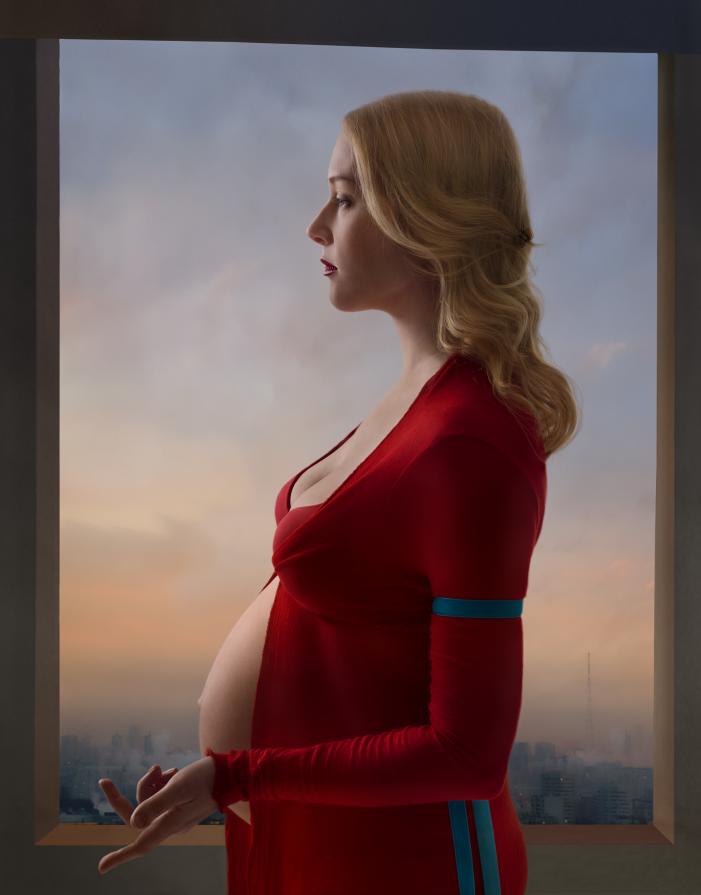

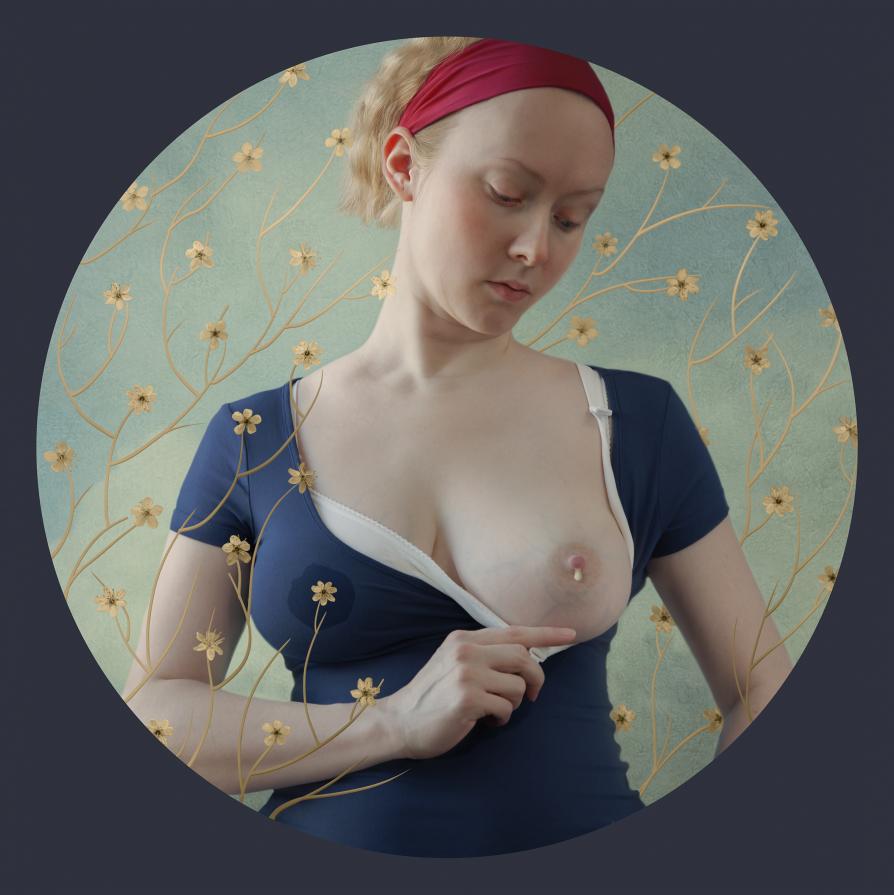
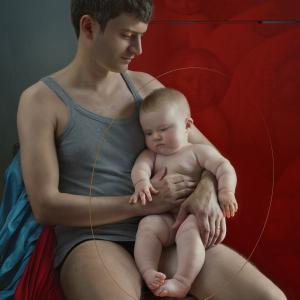
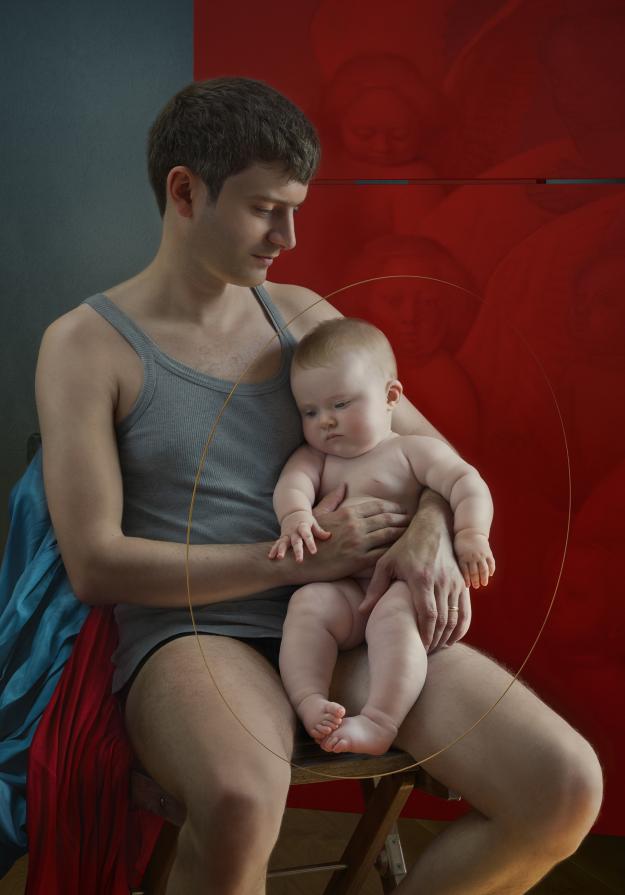





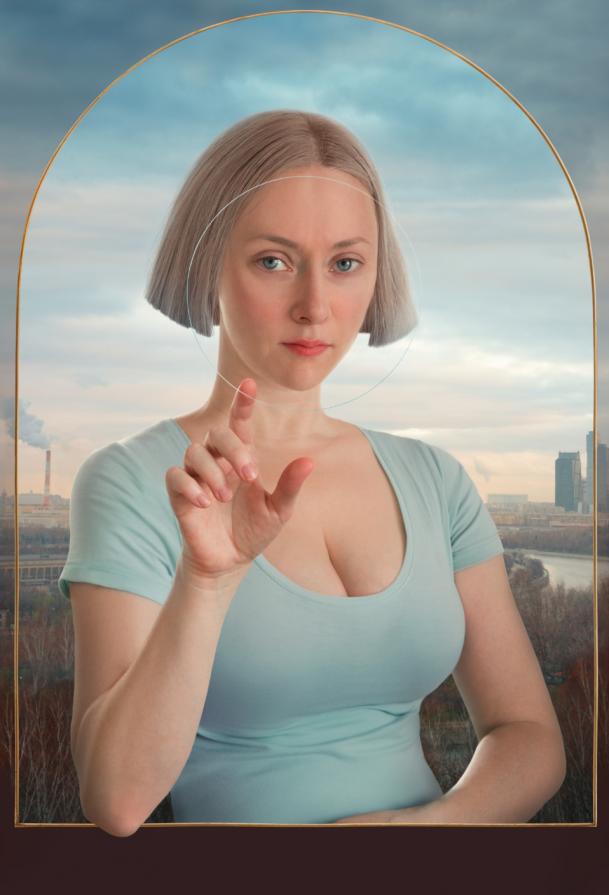






















Comments 6
compliments on this project!
Say something